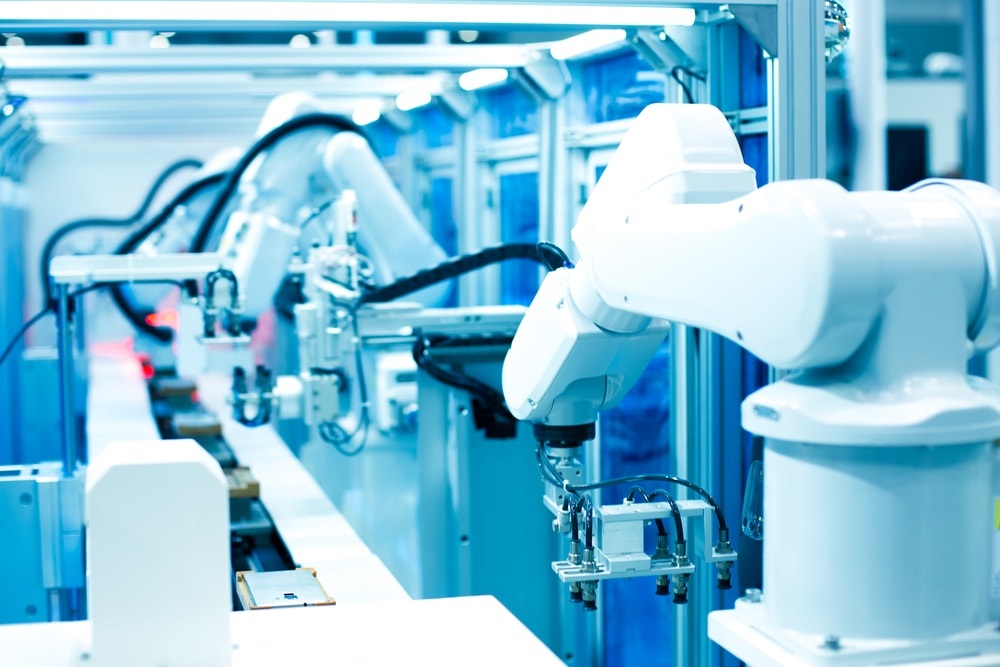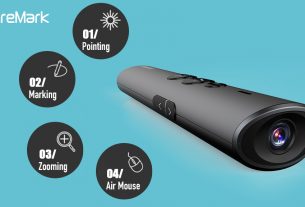Quality control is all about inspecting products as they come off the line to insure only those that meet standards actually make it to retail shelves. Today, technology is such that consistently producing near-perfect products is the norm. Thanks to integrated sensors and highly advanced computer software, much of today’s quality control can even be automated.
Think about that for just one minute. It was not too long ago that all quality control was manual. Inspectors would take samples off the line and put them through their paces. Such manual practices are still utilized today, but they are not the only method for guaranteeing quality.
It is all about automation today. For example, think about the many TV programs you have seen describing the inner workings of the modern assembly line. You might have a company that produces tiny boards for microchips. Each of those boards is examined using an integrated sensor. Any that do not meet standards are automatically removed from the production line with a blast of compressed air that blows them into a waste bin.
Many Kinds of Sensors
Rock West Solutions, a California company that specializes in integrated commercial sensor technology, says there are different kinds of sensors used to measure different aspects of quality control. For example, sensors might measure:
Size – The size of some products is crucial. Sensors can measure size in three dimensions as products move along the line.
Spatial Relationships – There are times when sensors are needed to measure the spatial relationships between different components of a given product.
Temperature – When temperature is an issue, infrared and other kinds of sensors can measure temperature even as products travel along a production line.
Humidity – Like temperature, humidity can also be measured in real time. This is especially important to high-tech and food service production.
Sensors are generally designed to measure just one thing at a time. So the more measurements necessary, the greater the variety of sensors on a production line. From Rock West’s perspective, it is all about designing the right sensor for the right application.
Improving Quality Control
Sensor integration has done wonders for quality control over the years. For example, it has made quality control more accurate. How so? By eliminating the arbitrary nature of human observation and analysis. Integrated sensors do not look at products from a biased perspective. They look at predetermined parameters only.
The objective nature of integrated sensors allows them to measure end results more accurately. Moreover, they can measure more quickly than human beings. High-speed cameras are capable of measuring hundreds of pieces per minute, for example. Not even an army of human inspectors can match the speed and capability of modern sensors.
All of this leads to greater efficiency in the quality control department. Now, instead of only examining one out of every 10 or 20 parts via manual quality control, every single part coming down the line can be inspected. The entire quality control department becomes more efficient and more reliable.
Bigger and Better Sensors
Perhaps the most amazing thing about sensor integration and quality control is that there is always room for improvement. Rock West and its competitors are continually developing bigger and better sensors capable of more accurate measurements. With every new technology they come up with, manufacturing perfect products becomes easier.
The quality control of years gone by was adequate for the day. It will not do in the 21st century. Next time you think of quality control, think of integrated sensors and advanced software that now do what no human inspector could ever do.




